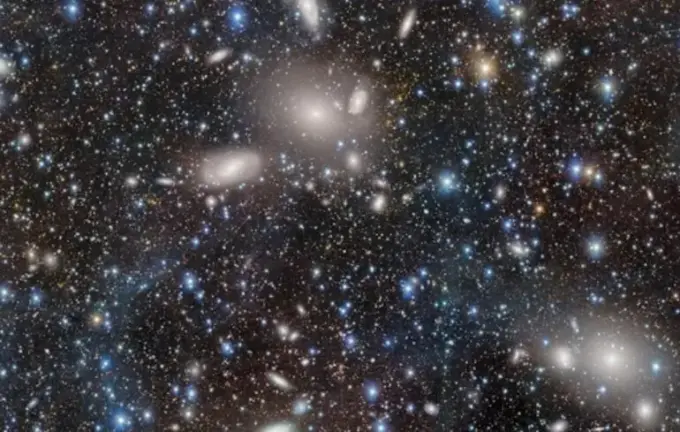Discovery of a Giant Black Hole in the Tiny Galaxy Segue 1 Changes Our Understanding of Cosmic Structures

Scientists from the University of Texas at Austin and the University of Texas at San Antonio have uncovered a massive black hole within the dwarf galaxy Segue 1, a neighbor to our Milky Way.
Previously, researchers believed that dark matter was the dominant force shaping this galaxy.
However, new findings suggest a significant contribution from a supermassive black hole.
Led by graduate student Nathaniel Luhan, the team employed supercomputers to simulate star movements based on the galaxy’s mass, dark matter content, and other parameters.
The analysis revealed that stars on the outer edges of Segue 1 move in rapid, narrow orbits characteristic of the influence of a large black hole.
This groundbreaking discovery could revolutionize current models of dwarf galaxy formation and highlight the potential interplay between dark matter and supermassive black holes in cosmic evolution.
Such insights may also enhance our understanding of galaxy development and the role black holes play in shaping the universe’s structure.

